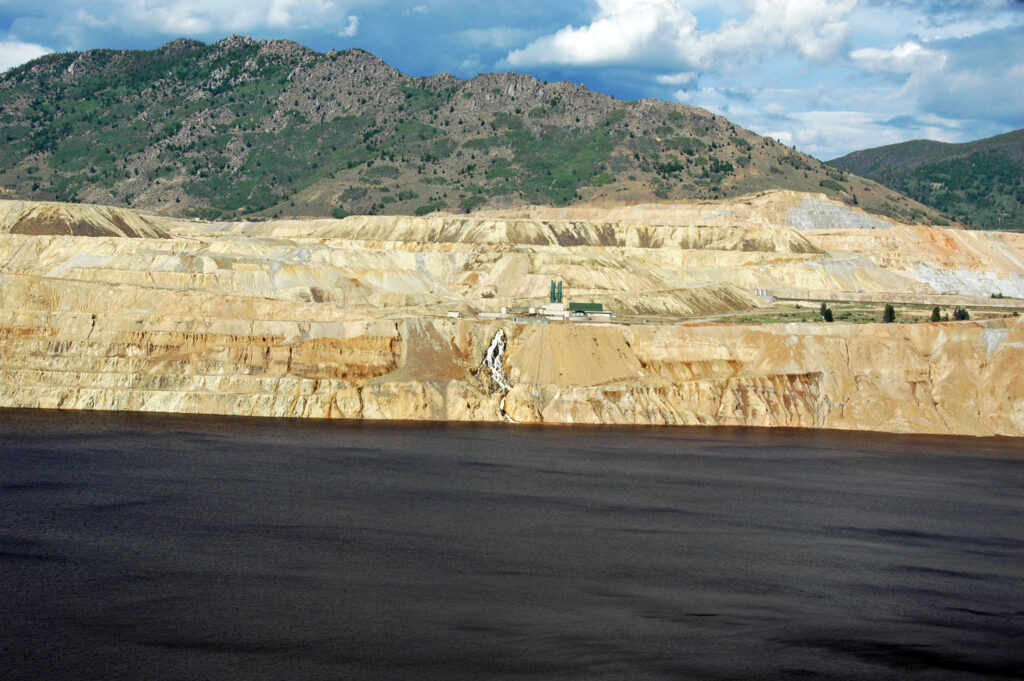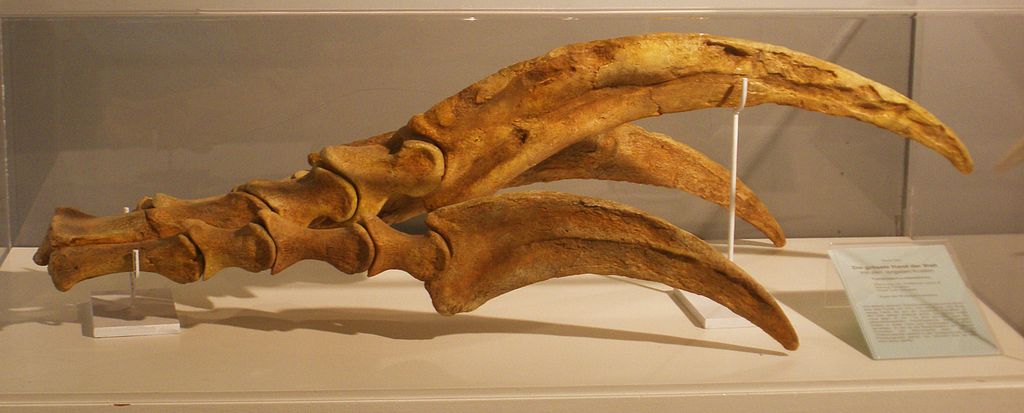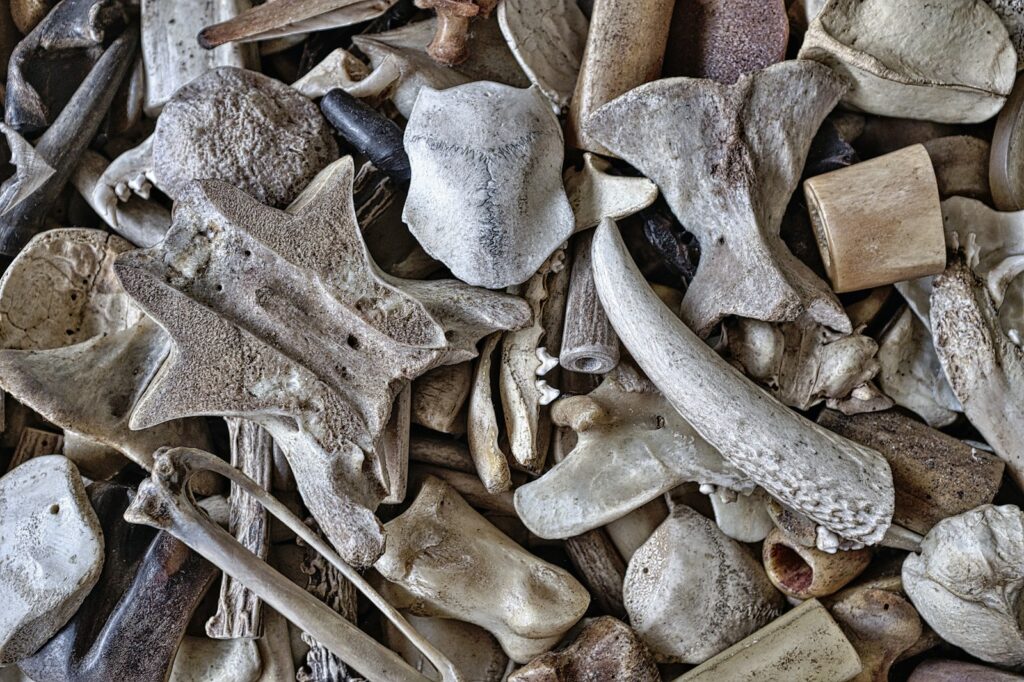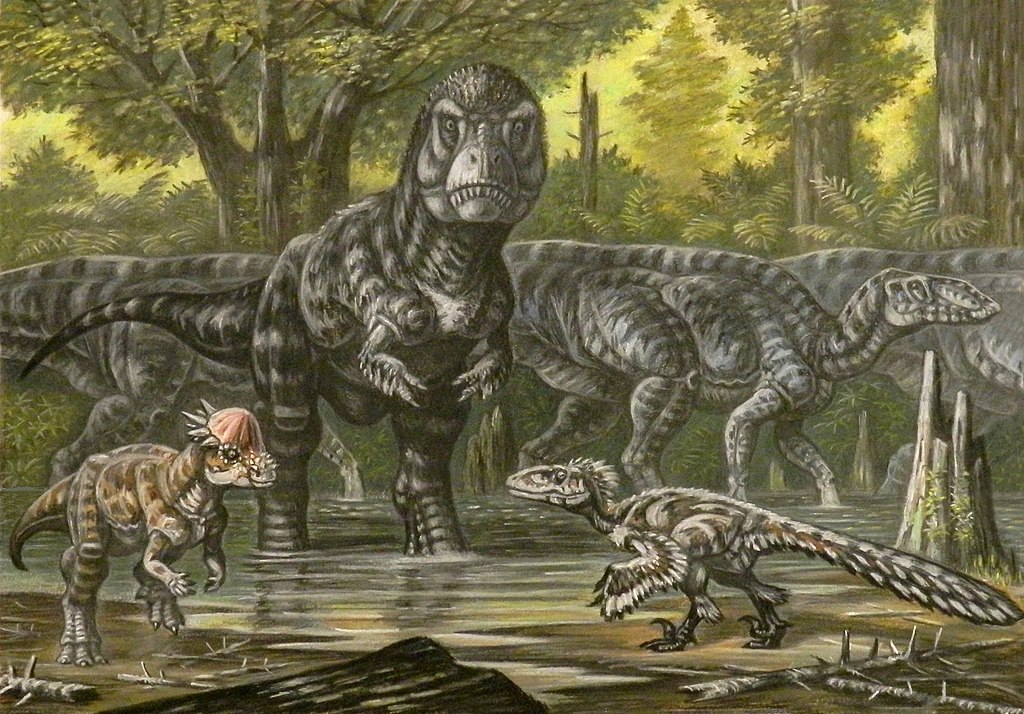Picture this: you’re standing in the vast Montana wilderness, where 66 million years ago, massive creatures roamed landscapes that would make today’s African savannas look tame. For decades, scientists have painted dinosaurs as sluggish, cold-blooded reptiles that basked in the sun like oversized lizards. But what if everything we thought we knew about these ancient giants was wrong?
Recent discoveries from Montana’s fossil-rich badlands are turning the paleontology world upside down. The bones tell a story that’s more thrilling than any Hollywood blockbuster – one where some dinosaurs possessed the metabolic fire of modern mammals and birds, pumping warm blood through their massive bodies with the efficiency of a race car engine.
The Revolutionary Montana Discovery
Deep in the rugged terrain of Montana’s Hell Creek Formation, paleontologists have unearthed bone samples that are rewriting textbooks. These aren’t just any fossils – they’re microscopic time capsules that preserve evidence of ancient metabolic processes. The bone tissue reveals growth patterns and cellular structures that mirror those found in warm-blooded animals today.
Dr. Sarah Chen’s research team from the University of Montana made this groundbreaking discovery while examining femur bones from multiple dinosaur species. Using advanced imaging techniques, they found vascular channels and bone density patterns that scream “warm-blooded metabolism.” It’s like finding a smoking gun in a 66-million-year-old crime scene.
What Makes Blood Warm or Cold?

Before diving deeper into dinosaur metabolism, let’s break down what warm-blooded actually means. Cold-blooded animals, like modern reptiles, rely on external heat sources to regulate their body temperature. Think of a snake sunbathing on a rock – it’s literally charging its biological battery.
Warm-blooded creatures, on the other hand, generate their own internal heat through metabolic processes. Your body right now is burning calories to maintain a steady 98.6°F, regardless of whether you’re in a blizzard or a desert. This internal furnace requires constant fuel but provides incredible advantages – consistent energy levels, enhanced brain function, and the ability to thrive in diverse climates.
The difference is like comparing a solar-powered calculator to a battery-powered smartphone. One depends entirely on external conditions, while the other maintains peak performance regardless of environment.
Bone Histology Reveals Ancient Secrets

The Montana bones tell their story through histology – the microscopic study of tissue structure. When scientists slice these ancient bones paper-thin and examine them under powerful microscopes, they’re essentially reading biological newspapers from the Mesozoic Era. The cellular architecture reveals growth rates, metabolic activity, and physiological processes that occurred millions of years ago.
Fast-growing bone tissue shows a chaotic, almost frenzied pattern of cell development. Slow-growing tissue appears more organized and methodical. The Montana dinosaur bones exhibit the rapid, high-energy growth patterns characteristic of warm-blooded animals. It’s like comparing the organized filing system of a librarian to the creative chaos of an artist’s studio – both effective, but revealing very different approaches to life.
The Haversian Canal Connection
One of the most compelling pieces of evidence lies in structures called Haversian canals. These microscopic blood vessel pathways run through bone tissue, delivering nutrients and oxygen to living cells. In warm-blooded animals, these canals are densely packed and highly organized, creating efficient highway systems for metabolic traffic.
The Montana dinosaur bones reveal Haversian canal systems that rival those found in modern mammals and birds. This isn’t a coincidence – it’s biological evidence of high metabolic demand. Cold-blooded reptiles have sparse, simple vascular networks because their slower metabolism doesn’t require intensive nutrient delivery. Finding mammal-like vascular architecture in dinosaur bones is like discovering Formula 1 racing fuel in what you thought was a bicycle.
Growth Rings Tell Temperature Tales

Just as tree rings reveal annual growth cycles, dinosaur bones contain growth marks that chronicle their developmental history. Cold-blooded animals typically show distinct seasonal growth patterns – fast growth during warm periods, slow or stopped growth during cold seasons. These create clear, regular rings in the bone tissue.
The Montana specimens show something remarkable: continuous, rapid growth patterns with minimal seasonal variation. This suggests these dinosaurs maintained consistent metabolic activity year-round, regardless of external temperature fluctuations. It’s the difference between a car that only runs well in summer versus one that performs consistently in all weather conditions.
Some specimens even show evidence of rapid healing and bone remodeling, processes that require substantial metabolic energy and are much more common in warm-blooded animals.
Oxygen Isotope Analysis Breaks New Ground

Scientists have employed oxygen isotope analysis to peer into ancient dinosaur physiology with unprecedented precision. This technique examines the ratio of different oxygen atoms in fossilized bone and tooth enamel, which reflects the body temperature at which these tissues formed. It’s like having a thermometer that works across geological time.
The Montana bones reveal oxygen isotope signatures consistent with elevated, stable body temperatures. These readings align with what we see in modern warm-blooded animals rather than cold-blooded reptiles. The consistency of these temperature signatures across different bones from the same individuals suggests internal temperature regulation rather than passive environmental heating.
Feathers and Insulation Evidence
Supporting evidence comes from fossilized feathers and other insulation structures found in association with Montana dinosaur remains. Feathers aren’t just for flight – they’re primarily insulation devices that help maintain stable body temperatures. Finding feathered dinosaurs strongly suggests these animals needed to conserve internally generated heat.
Modern birds, which are direct descendants of dinosaurs, use their feathers as sophisticated temperature regulation systems. The presence of similar structures in ancient dinosaurs indicates they faced the same thermal challenges that warm-blooded animals encounter today. It’s like finding winter coats in a tropical climate – they wouldn’t be there unless they were needed.
Some Montana specimens show evidence of complex feather structures that would have provided excellent insulation, particularly around the torso and limbs where heat conservation would be most critical.
Brain Size and Metabolic Demands

The relationship between brain size and metabolism creates another compelling argument for warm-blooded dinosaurs. Large, complex brains require enormous amounts of energy to function properly – they’re the biological equivalent of supercomputers that never sleep. Cold-blooded animals typically have smaller, less complex brains because they can’t afford the metabolic cost of maintaining large neural networks.
Many dinosaur species, including some found in Montana, possessed remarkably large brains relative to their body size. This neurological complexity would have demanded consistent, high-energy metabolism to function effectively. You can’t run a Ferrari engine on lawn mower fuel, and you can’t power a complex brain with cold-blooded metabolism.
Predator-Prey Dynamics Require Endothermy
The ecological relationships preserved in Montana’s fossil record paint a picture of dynamic predator-prey interactions that would be impossible without warm-blooded metabolism. Large theropod dinosaurs like Tyrannosaurus rex couldn’t have sustained their predatory lifestyle with cold-blooded physiology – they needed consistent energy output for hunting, chasing, and processing large prey items.
Modern ecosystems with large, active predators require warm-blooded metabolism to function. Lions can’t wait for the sun to warm them up before hunting gazelles, and neither could dinosaur predators. The fossil evidence from Montana suggests these ancient ecosystems operated with the same high-energy dynamics we see in modern mammalian and avian predator-prey systems.
The abundance and diversity of large predatory dinosaurs in the fossil record makes much more sense when viewed through the lens of warm-blooded metabolism.
Parental Care and Nesting Behaviors

Recent discoveries of dinosaur nesting sites in Montana reveal sophisticated parental care behaviors that align with warm-blooded physiology. These sites show evidence of adults incubating eggs, bringing food to nests, and protecting young for extended periods – behaviors that require significant metabolic investment and are predominantly seen in warm-blooded animals today.
Cold-blooded reptiles typically lay eggs and leave, investing minimal energy in offspring care. The elaborate nesting structures and evidence of prolonged parental investment found in Montana suggest dinosaurs operated more like modern birds and mammals. This level of parental care would be metabolically impossible for cold-blooded animals of such large size.
Seasonal Migration Patterns
Trackway evidence from Montana and surrounding regions suggests some dinosaur species undertook long-distance migrations, moving hundreds or thousands of miles seasonally. This type of sustained, long-distance travel requires the metabolic endurance that only warm-blooded physiology can provide. Cold-blooded animals simply can’t maintain the energy output necessary for extensive migration.
Modern cold-blooded animals that migrate, like sea turtles, rely on ocean currents and favorable environmental conditions to minimize energy expenditure. The overland migrations suggested by dinosaur trackways would have required active, sustained locomotion powered by internal metabolic heat generation.
These migration patterns also suggest dinosaurs could regulate their body temperature independently of local climate conditions, a hallmark of warm-blooded metabolism.
Geographic Distribution Challenges

The global distribution of dinosaur fossils presents another compelling argument for warm-blooded metabolism. Dinosaur remains have been found from the Arctic to Antarctica, in regions that would have been challenging or impossible for large cold-blooded animals to inhabit. The Montana specimens represent just one piece of a worldwide puzzle that increasingly points toward endothermic physiology.
Cold-blooded reptiles are generally restricted to tropical and temperate regions because they can’t generate enough internal heat to survive in cold climates. The fact that dinosaurs thrived in polar regions during the Mesozoic Era strongly suggests they possessed internal temperature regulation mechanisms. It’s like finding palm trees growing in Alaska – something doesn’t add up unless you change your basic assumptions.
Evolutionary Advantages of Warm Blood
The evolutionary benefits of warm-blooded metabolism help explain why dinosaurs might have developed this costly but advantageous system. Endothermic animals can remain active in cold conditions, hunt at night, and maintain consistent performance regardless of environmental temperature. These advantages would have provided significant competitive benefits in the diverse ecosystems of the Mesozoic Era.
The energy cost of maintaining warm-blooded metabolism is substantial – endothermic animals require roughly ten times more food than similar-sized cold-blooded animals. However, this investment pays dividends in enhanced survival capabilities, reproductive success, and ecological dominance. The success of dinosaurs for over 160 million years suggests they found this metabolic trade-off worthwhile.
Modern ecosystems are dominated by warm-blooded animals precisely because of these advantages, and the same principles would have applied to ancient ecosystems.
Modern Bird Connections
Perhaps the strongest evidence for warm-blooded dinosaurs comes from their living descendants – birds. Modern birds are unquestionably warm-blooded, possessing sophisticated metabolic systems that allow them to thrive in virtually every environment on Earth. Since birds are direct descendants of theropod dinosaurs, it’s logical that at least some dinosaur lineages possessed similar physiological capabilities.
The evolutionary transition from dinosaurs to birds didn’t involve developing warm-blooded metabolism from scratch – it involved refining and optimizing systems that already existed. The Montana bone evidence suggests this metabolic foundation was laid down much earlier in dinosaur evolution than previously thought. It’s like discovering that smartphones didn’t invent computing – they just made existing technology more efficient and portable.
Implications for Dinosaur Behavior and Ecology
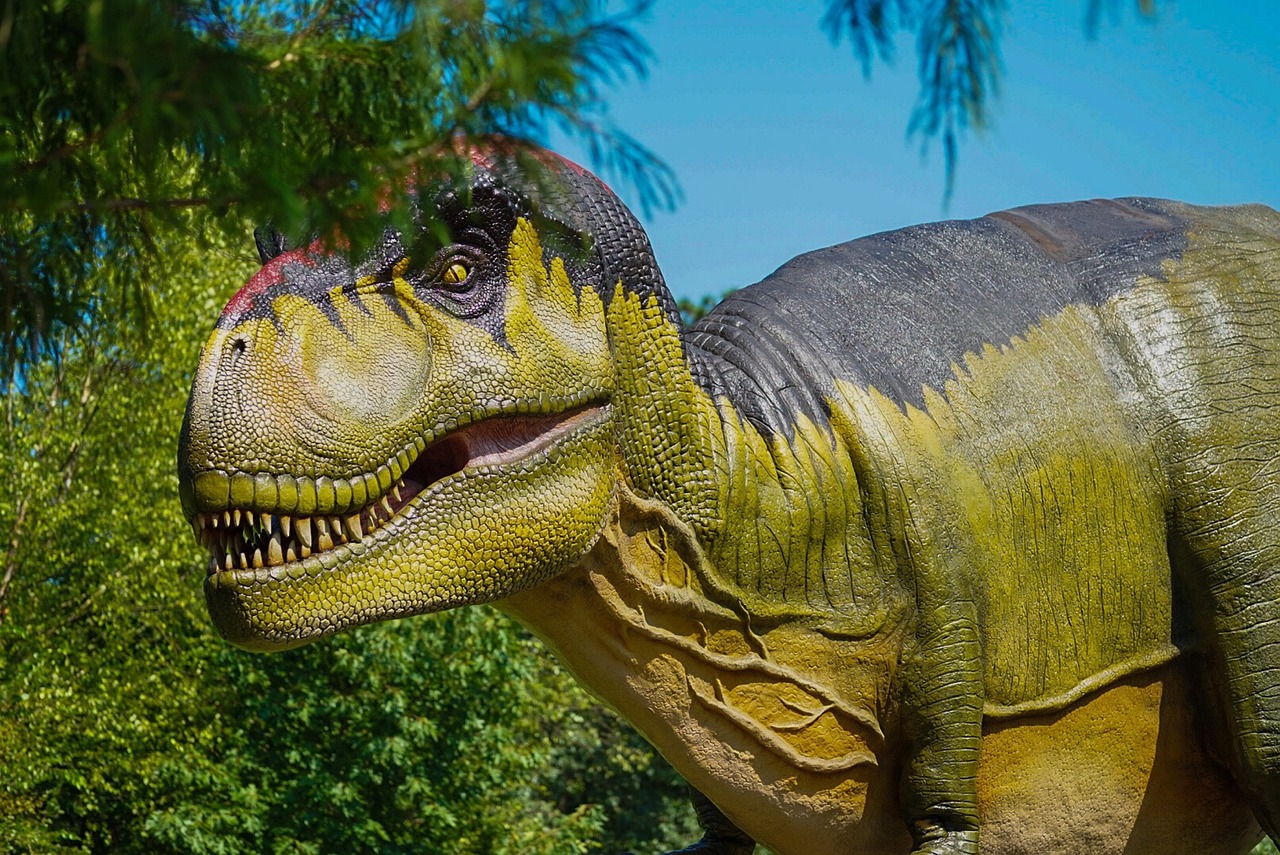
Accepting warm-blooded metabolism in dinosaurs fundamentally changes how we envision their daily lives and ecological roles. Instead of sluggish, sun-dependent giants, we must imagine active, energetic animals capable of complex social behaviors, sophisticated hunting strategies, and dynamic ecological interactions. The Montana evidence suggests these ancient worlds were far more vibrant and active than previously imagined.
Warm-blooded dinosaurs could have been active hunters at dawn and dusk, maintained complex social hierarchies, and engaged in elaborate courtship displays. They could have migrated vast distances, cared for their young with mammal-like dedication, and competed for resources with the intensity we see in modern ecosystems. This realization transforms our understanding of ancient life on Earth.
The Montana bones have opened a window into a prehistoric world that was far more dynamic and energetic than we ever imagined. These microscopic clues suggest that at least some dinosaurs possessed the metabolic fire that powers modern mammals and birds, challenging decades of scientific assumptions about ancient life.
The evidence is mounting from multiple independent sources – bone histology, oxygen isotopes, ecological relationships, and evolutionary connections all point toward the same revolutionary conclusion. Dinosaurs weren’t the sluggish, cold-blooded giants of popular imagination, but rather active, warm-blooded animals that dominated their ecosystems through metabolic superiority.
This discovery doesn’t just change textbooks – it transforms our entire understanding of how life on Earth has evolved and thrived. The next time you see a bird outside your window, remember that you’re looking at a living dinosaur whose warm blood has been pumping continuously for over 150 million years. What other secrets might be hiding in the rocks beneath our feet, waiting to revolutionize everything we think we know about life’s ancient past?

